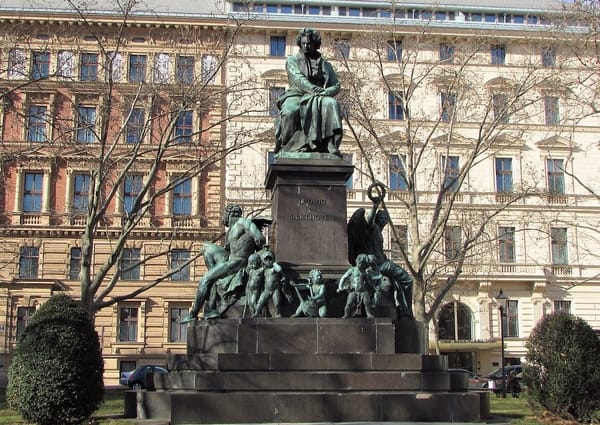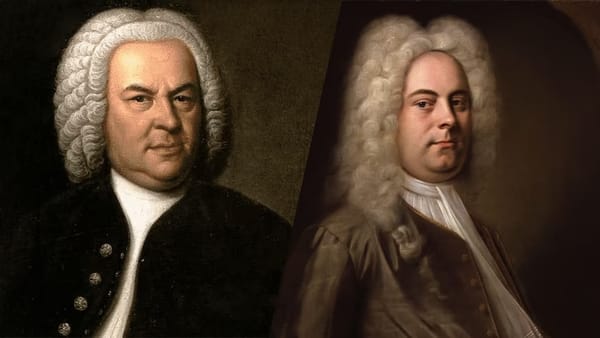Walking through soundscapes of the past
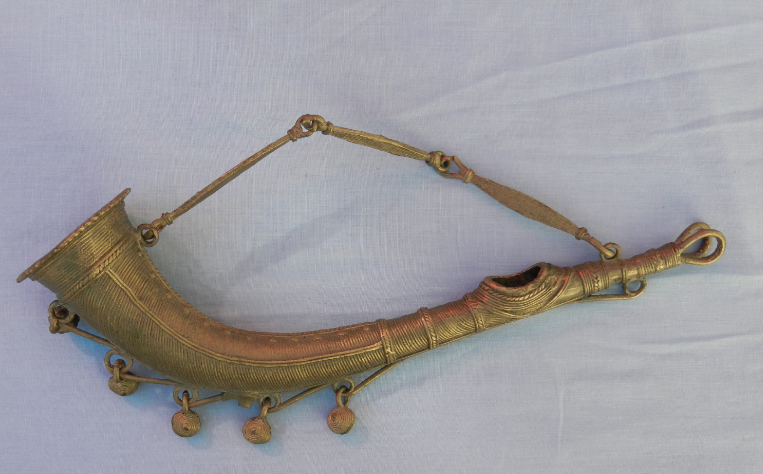
It can be difficult to hear the past we seek to visualise. Sound and music does not survive in the archaeological record. However, it is not impossible to interact with the soundscapes that once imbued past cultural landscapes.
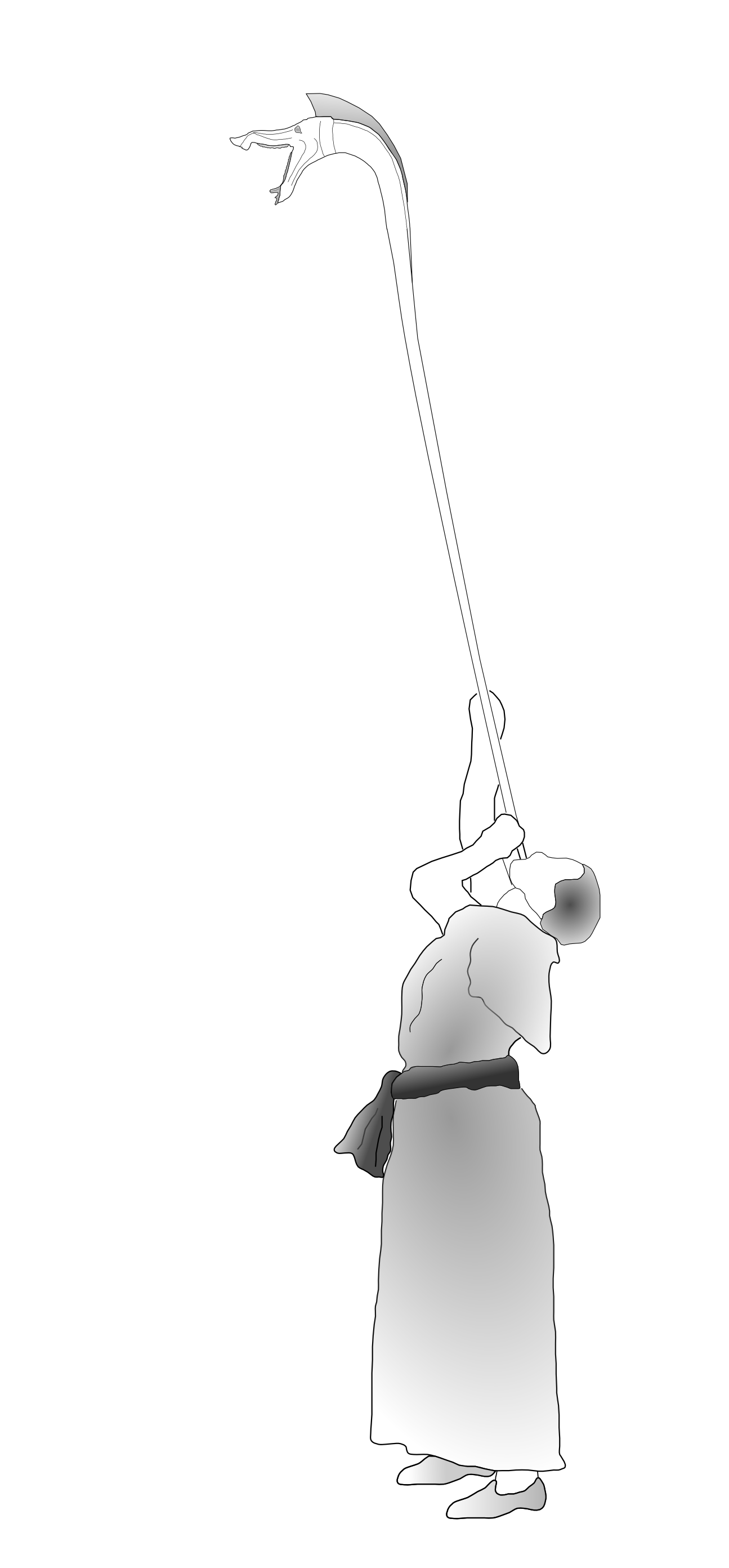
Archaeologists in this field generally have little direct evidence to work with and must employ different approaches. In my research into musical horns and soundscapes of Iron Age Europe (c700BCE-400CE) I have, like others before me, recreated ancient instruments through experimental archaeology. Being able to experiment with accurate reproductions of artefacts enables us to understand the ranges and capabilities such ancient instrument types possessed.
It is now even possible to quickly reproduce complex artefacts, like potential bronze mouthpieces, through 3D printing. Such approaches allow us to come as close as we can to having the same instruments in our own hands as the original musicians over 2000 years ago.
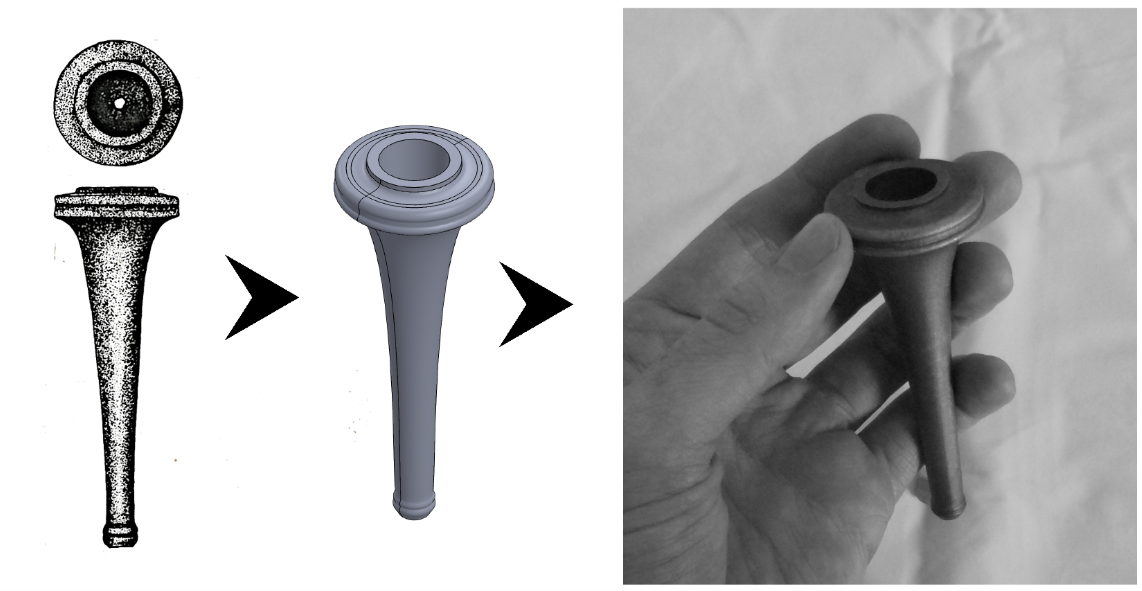
However this is just the starting point. We cannot assume that the concepts of musical consonance and dissonance prevalent in the soundscapes of these regions today, were the same in the past. Furthermore, archaeologists must deal with the bias of artefactual preservation. Instruments made from metal alloys, like horns, are more likely to survive than equally integral instruments made from organic materials, like drums.
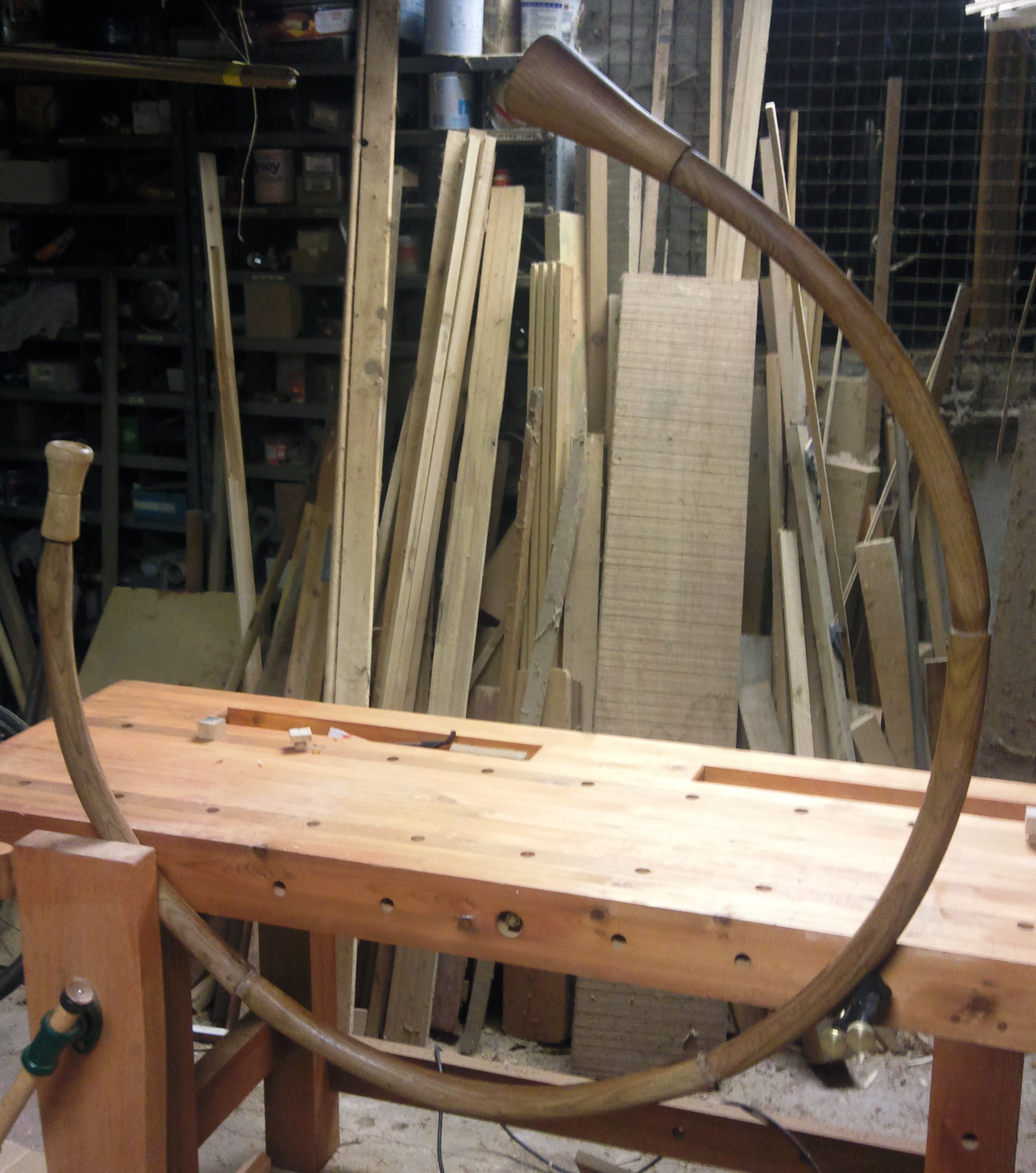
Surprisingly we can still gain important insights into these now silent European traditions from the study of surviving musical traditions in Kerala today. South India’s maritime trade with the Mediterranean world c100BCE–c300CE saw foreign diasporas interact with local populations. This contact was not restricted to faceless transactions, but involved intellectual, cultural and even musical exchange. Iron Age musicians from Europe, including horn players, participated in musical events in India with their own instruments.
Musically and technologically speaking, the independently developed musical systems and traditions of many Iron Age European soundscapes were highly compatible with many contemporary systems in South India. Unlike Europe, many of these South Indian musical traditions are still integral components of living soundscapes today.
In Kerala, the kompu used in temple music is a surviving example of an ancient class of instrument to which the horns of Iron Age Europe also belong. The kompu is nothing like a modern western melodic brass horn; it is a percussion instrument. This does not relegate the kompu to a class of instrument inferior to that of any western brass horn; it highlights an alternate class that is equally important and complex.
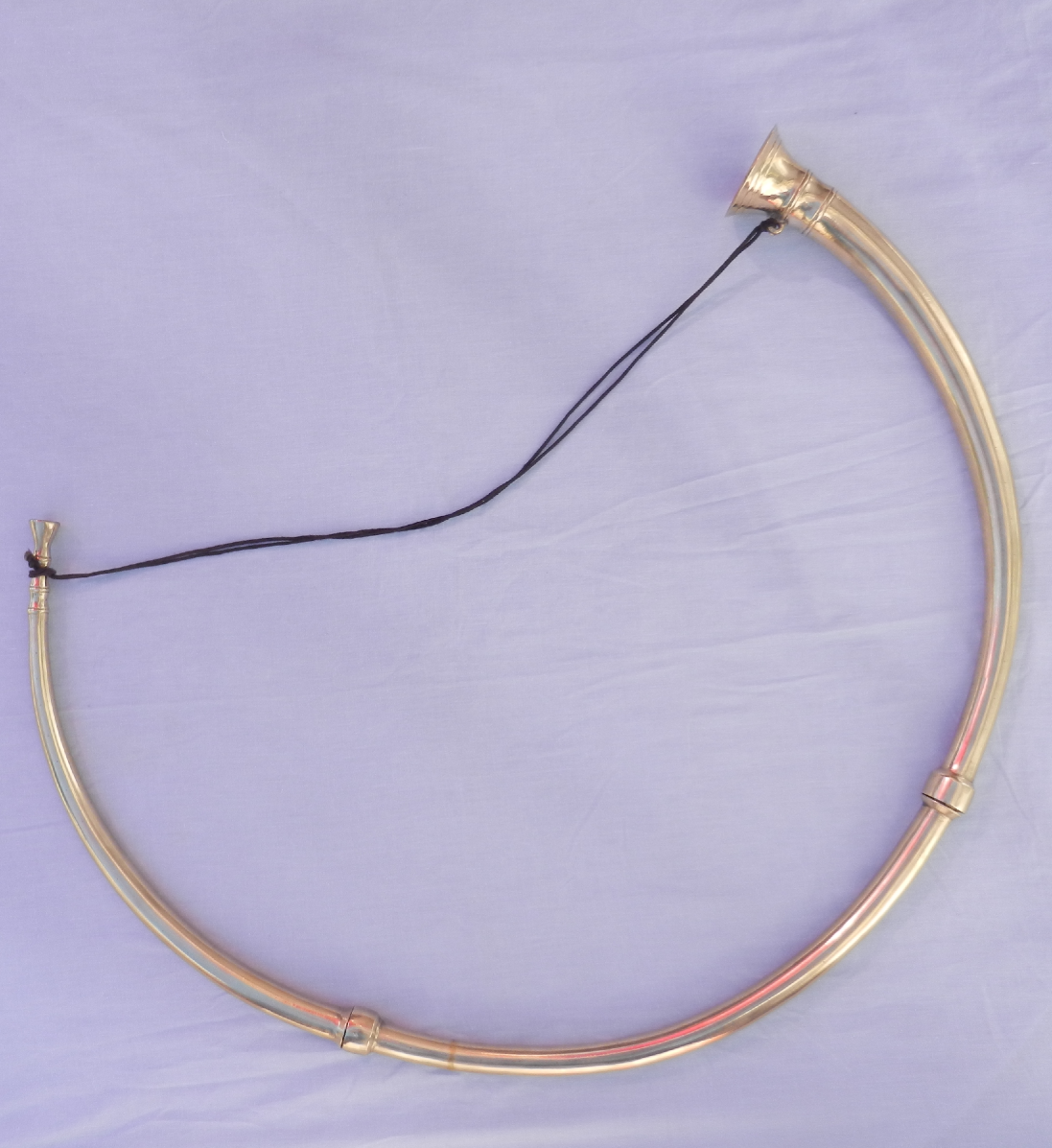
Studying how the kompu is traditionally made, how it fits into Kerala’s ancient musical traditions, the early Tamil literary records, and South India’s rich archaeo-metallurgical record; finally allows us to address discrepancies in the interpretation of the now silent horn traditions of Europe’s Iron Age. Likewise gaps in South India’s archaeological record can be explained by drawing insight from Europe’s Iron Age horn artefacts.
The survival of these amazing traditions in places like Kerala allows archaeologists to extrapolate backwards into the past with otherwise unobtainable information, and begin to truly interact with soundscapes of the past.


